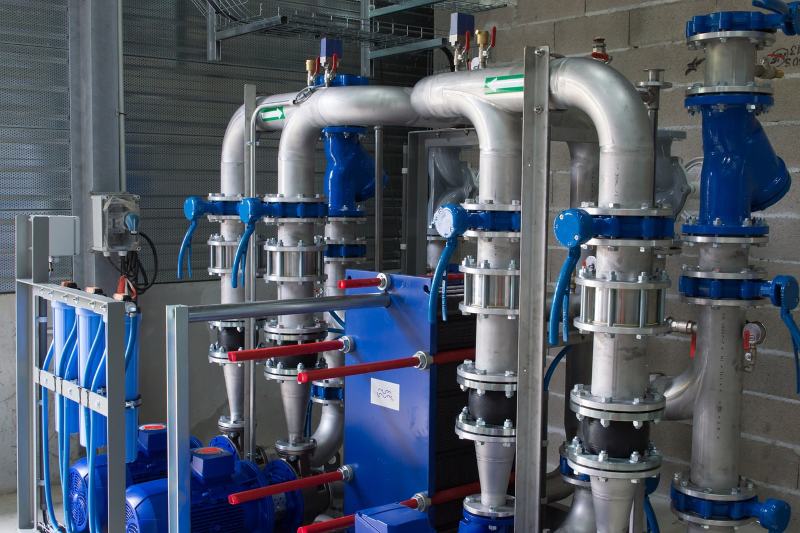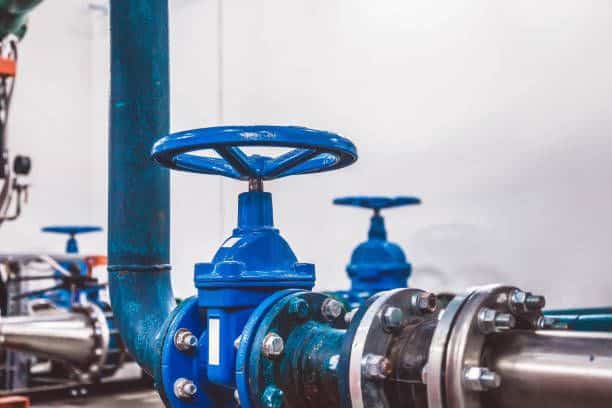Confused about which piping material is better for your setup?
This is something that comes up often during construction, renovation, or system upgrades.
Whether it’s for plumbing, fluid control, or industrial setups, picking the right pipe matters a lot.
Three common materials used in piping today are copper, PVC, and PEX. Each one has its strengths, and knowing the differences can help you decide what fits your needs best.
What Makes Each Pipe Type Unique?
Before jumping into comparisons, it helps to know a little about each type of pipe and where it’s normally used.
Copper Pipes
Copper has been used for decades and is known for its strength and long life. It resists corrosion and can handle both hot and cold water easily. It’s also known for being a safe option in systems where water quality matters.
PVC Pipes
PVC is a plastic-based material. It’s lightweight, easy to install, and works well in many residential and commercial systems. It’s commonly used for cold water supply, drainage systems, and sometimes chemical applications.
PEX Pipes
PEX is a flexible plastic pipe that’s become very popular in modern plumbing systems. It bends around corners without needing extra fittings and is simple to install. It works well for both hot and cold water lines and is often used in places where installation needs to be done quickly.
Comparing Strength and Durability
Copper pipes are known for their long lifespan. They can last for over 50 years when installed correctly. They’re also tough under high pressure and can handle outdoor use better than some other materials.
PVC is durable in many setups, especially when used for cold water. However, it doesn’t do well with high heat or direct sunlight. It’s best used indoors or underground, where it’s protected.
PEX is durable but in a different way. Its flexibility means it can handle pressure without cracking. It’s resistant to freeze damage because it can expand slightly without breaking. That’s a major plus in cold regions.
Ease of Installation
Installing copper requires cutting, cleaning, and soldering the joints. It takes skill and special tools, which can mean more time and cost.
PVC is easier to install. It’s cut with a simple tool and joined with solvent cement. It does need a bit of time to dry, but the overall process is fast and neat.
PEX is the quickest to install among the three. It doesn’t need glue or soldering. It connects using crimp or clamp rings, which speeds things up. It’s also easier to work in tight spaces because of its bendable nature.
How They Handle Temperature
Copper is strong with both hot and cold water. It can take high temperatures without any issue, which makes it ideal for water heaters and hot water lines.
PVC is best for cold water. If exposed to high heat, it may soften or even warp. That’s why it’s not used for hot water applications.
PEX works well with both hot and cold water. It handles temperature changes smoothly and doesn’t lose shape or strength in typical water heating systems.
Cost Differences
Copper is the most expensive of the three. The material itself costs more, and the extra labour during installation adds to the price.
PVC is budget-friendly. It’s widely available, and the installation is cheaper too. For large-scale use where budget is a concern, it becomes a preferred choice.
PEX is also affordable, especially when you consider how fast and simple the setup is. It’s slightly more expensive than PVC but less than copper in most cases.
Flexibility and Space Saving
One place where PEX shines is in tight areas or complex pipe layouts. It bends around corners, reducing the number of joints needed. This makes installation faster and helps lower the risk of leaks.
PVC is rigid, so it needs elbows and fittings to turn around corners. This adds to the number of joints in the system, which may increase long-term maintenance if not installed carefully.
Copper also needs fittings for turns and direction changes. And because it’s not as flexible, it takes more space and time to work around complex paths.
Chemical Resistance
PVC and PEX both offer good resistance to many common chemicals, which makes them useful in more than just plumbing.
For example, they are often found in systems that handle fluids in industrial spaces.
When control over fluid direction is needed, these systems often use ball valves made from materials that match the pipe type. These valves are useful because they’re simple, reliable, and don’t restrict flow when fully open.
Copper isn’t used as much in chemical systems since it can react with certain substances, especially if the water has high acidity.
Noise and Vibration Control
PEX pipes are quieter when water flows through them. They don’t vibrate or make noise like other pipes sometimes do when water is turned on or off.
PVC is quiet in general, but if not supported properly, it can carry vibration noises. Copper tends to be louder, especially in high-pressure systems, where sudden stops can cause noticeable pipe sounds.
Repair and Maintenance
All three pipe types are easy to work with once installed, but the type of repair work depends on the material.
- Copper repairs need more skill and tools.
- PVC repairs are usually quicker but require drying time.
- PEX repairs are fast, especially with the right connectors.
When the system includes valves for shutoff or section control, simple-to-use valves like ball valves help reduce the time needed for repairs and checks.
Where Each Pipe Is Best Used
- Copper: Best for long-term use in high-heat or high-pressure systems where water quality is important.
- PVC: Great for cold water supply, drain lines, and budget-friendly plumbing jobs.
- PEX: Perfect for quick installations, both hot and cold water supply, and areas with tight routing.
Final Thoughts
All three piping materials, copper, PVC, and PEX, come with their own strengths. Choosing the right one depends on what the system needs, the environment, the budget, and how quickly you want it installed.
With clear differences in strength, flexibility, and cost, each option has a place in the modern piping world. And when paired with the right valves for control and shutoff, these pipes can help create a safe and reliable fluid system that performs well and lasts long.


